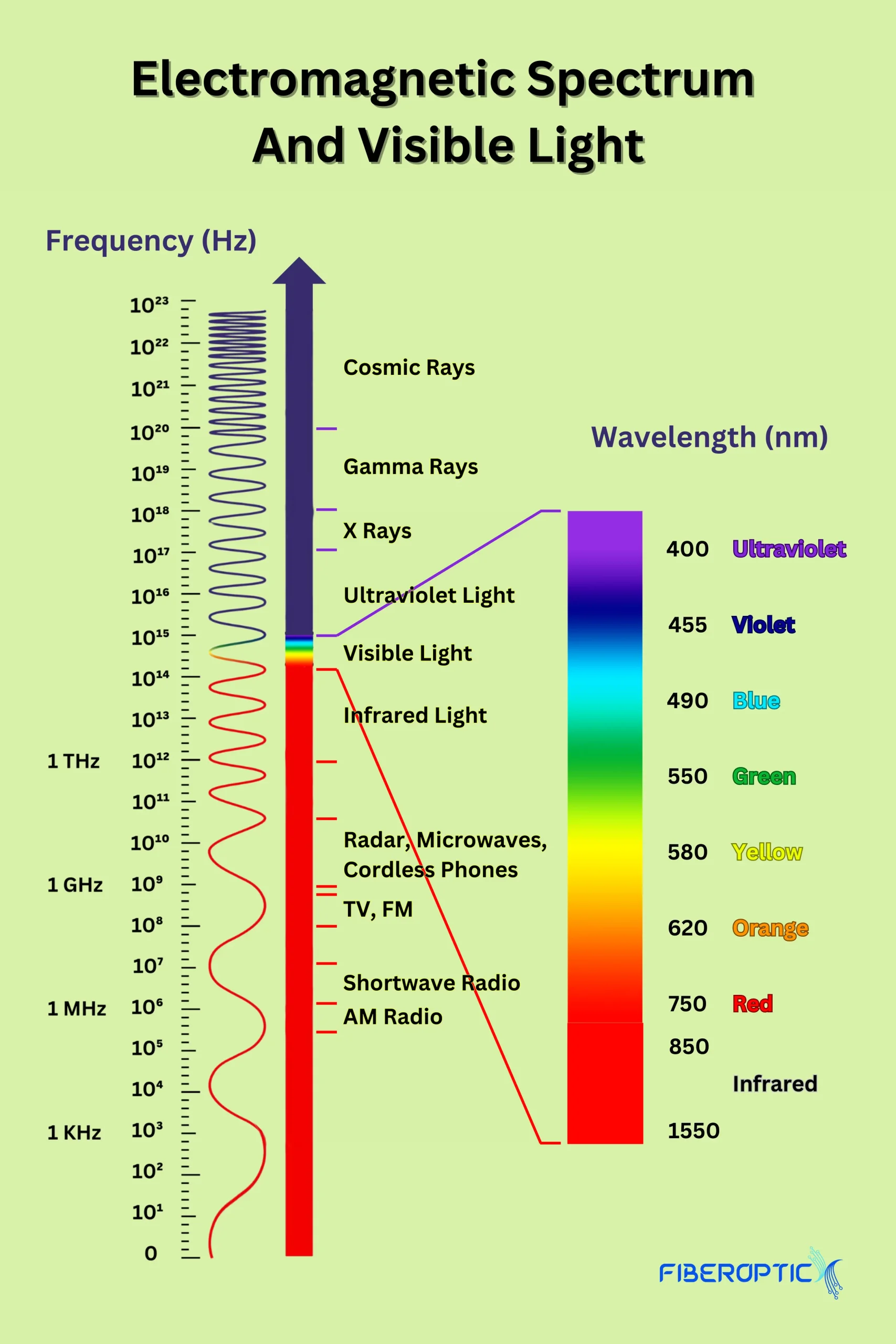Contents

Source: Wikipedia
Wavelength or Optical Frequency: Which Is Better?
Historical Aspects
In the early days of optics, specifying wavelengths became common due to the ease of measuring them with interferometers. However, with advancements in technology, measuring optical frequencies has become more precise than measuring wavelengths.
Uncertainties Concerning the Refractive Index
Wavelength measurements can be affected by the medium through which light travels, leading to uncertainties, especially when it comes to specifying vacuum wavelengths or wavelengths in air. This discrepancy can result in significant differences, as seen in the example of a red helium-neon laser.
Other Advantages of Using the Optical Frequency
Specifying optical frequencies can offer advantages in various scenarios, such as in spectroscopy where transition energies are related to optical frequencies. Additionally, working with frequencies can simplify calculations related to beat notes, resonator frequencies, and mode-locked laser bandwidths.
Conventions are Hard to Change
Despite the potential benefits of specifying optical frequencies over wavelengths, changing long-standing conventions poses challenges. Many scientific publications and textbooks continue to use wavelength specifications, indicating a reluctance to shift towards frequency-based measurements.
While the debate between specifying wavelengths or optical frequencies continues, understanding the advantages and limitations of each parameter is crucial in various optical applications.

Source: Fiberopticx
Feel free to comment your thoughts.



